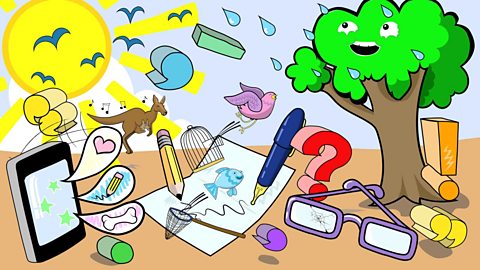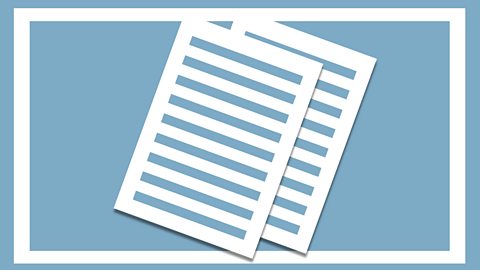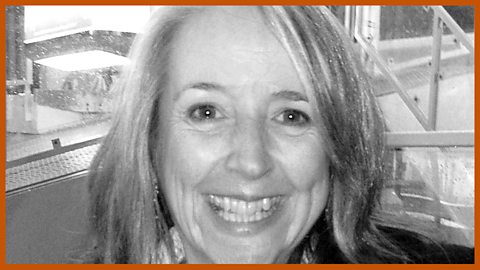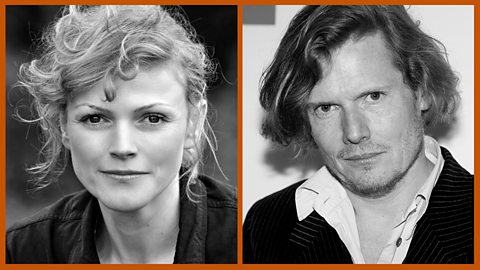ΒιΆΉΤΌΕΔ Teach > School Radio > English > Talking Poetry
Rosen - Nichols - McGough - Kay - Agard - Coe - Classic 1 - Classic 2
Duration: 15:00
The poet John Agard introduces and reads some of his best-known poems for children:
A date with spring
A tree gets dressed up in anticipation of a date with Spring.
Message from your mobile
What would your mobile phone say if it could speak?
Punctuating the silence
The poet explores the power of punctuation.
Hopaloo kangaroo
The poet celebrates the joyful movement of a kangaroo.
The hurt boy and the birds
A boy expresses his pain through communion with nature.
Poetry jump-up
A joyful celebration of words in verse.
If you wish to listen to the poems individually, these can be found below.

The poems
John Agard introduces and reads his poem 'A date with spring' (duration: 01:36)
John Agard introduces and reads his poem 'Message from your mobile' (duration: 01:55)
John Agard introduces and reads his poem 'Punctuating the silence' (duration: 01:47)
John Agard introduces and reads his poem 'Hopaloo kangaroo' (duration: 01:39)
John Agard introduces and reads his poem 'The hurt boy and the birds' (duration: 02:08)
John Agard introduces and reads his poem 'Poetry jump-up' (duration: 03:35)
Curriculum guidance
There are eight programmes in this series. Each of the first 6 programmes profiles a different contemporary childrenβs poet who introduces and then reads a selection of his or her work.
The final two programmes focus on classic poetry and include a selection of well-known poems often taught at Key Stage 2. These poems are read by the actors Maxine Peake and Julian Rhind-Tutt.
Using the audio
The programmes can be used in a variety of ways. You can listen to them in their entirety or listen to and focus on one poem at a time. Students can read the text of the poem before, during or after listening to the recording and there are suggestions in these notes for pre-, during-, and post- listening activities.
Using the images:
Each programme is accompanied by a composite picture inspired by the poems in that programme. These can be used:
to stimulate pre-listening discussion about what the poems might be about;
to explore themes in the poetβs writing;
to support reading of individual poems β the image can act as a visual reminder of topics, themes or narratives for students while they are completing work on poems;
to stimulate creative writing: pupils could pick two or three elements of the picture and combine them to stimulate a story. This might work well with a βconsequencesβ story frame: a framework of actions already written where pupils add in nouns taken from the image to make a story.
More detailed guidance can be found in the Teachers' Notes below

Μύ
Μύ
More from Talking Poetry
4. Jackie Kay. audio
Jackie Kay introduces and reads some of her best-known poems for children, including 'Brendon Gallacher' and 'Red running shoes'.

6. Mandy Coe. audio
Mandy Coe introduces and reads some of her best-known poems for children, including 'If you could see laughter' and 'Fizz'.

7. Classic poetry 1. audio
Maxine Peake and Julian Rhind-Tutt read a selection of classic poems, including TS Eliot's 'The Naming of Cats' and Alfred Noyes' 'The Highwayman'.

ΒιΆΉΤΌΕΔ Teach > School Radio > English > Talking Poetry
Rosen - Nichols - McGough - Kay - Agard - Coe - Classic 1 - Classic 2